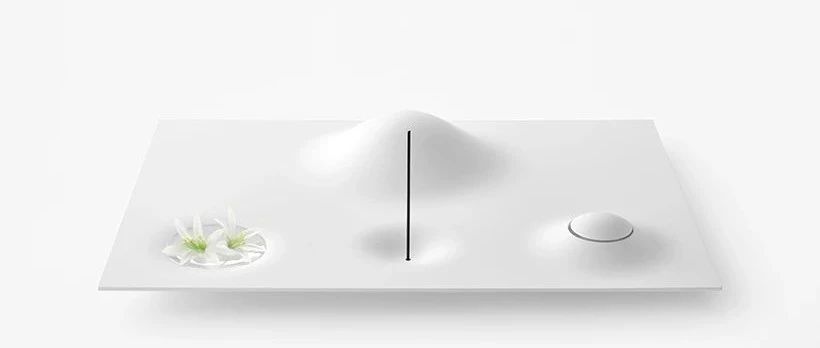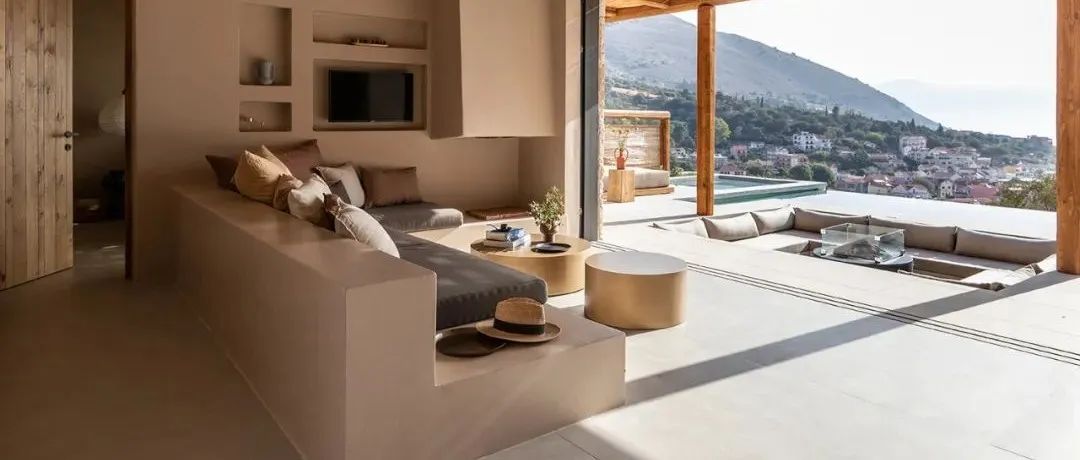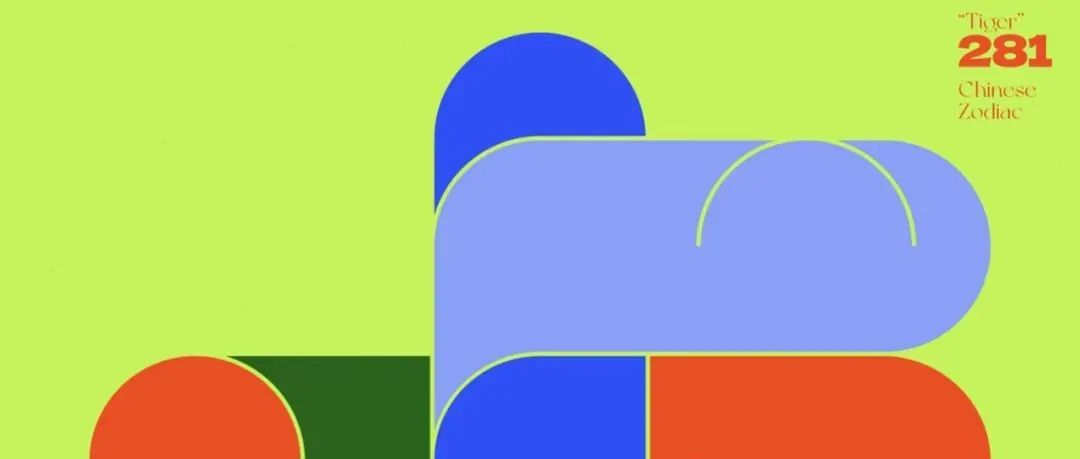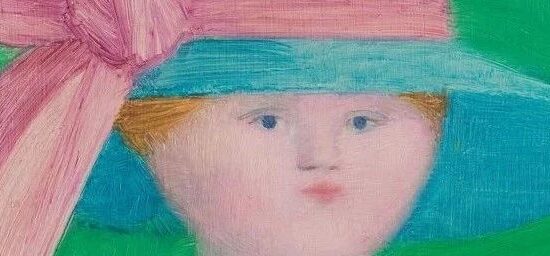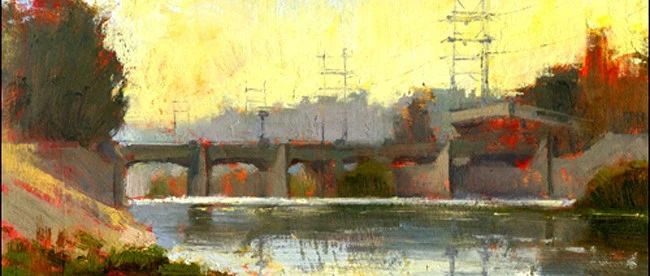2021.06
for Inishie
A Buddhist altar set, designed to fit the changing Japanese views of life, death, and memorial services. Whether due to the economy or the declining birthrate and aging population, an increasing number of households are finding difficulty building and maintaining gravesites on estates meant for passing on to future generations. Moreover, the diversification of Japanese views on life and death is eroding inclinations toward interring ashes at Buddhist temples and placing traditional altars within homes. Meanwhile, memorial jewelry and urns made to fit interior spaces are gathering attention, their intention to focus on emotional values and alleviate a mourner’s sense of loss and loneliness by incorporating the deceased’s ashes into the former’s daily life. The free-spirited approach of returning loved ones to nature, through a tree burial or by scattering powdered bones in the sea, is also gaining traction.
It is against such a backdrop that the Buddhist altar in question was designed. Comprising four parts—urn, incense burner, vase, and bell—the altar subtly integrates the roles of all four into one landscape, rather than merely providing a tray on which to place the accessories. The urn is hidden beneath a small hill, and filling the dip in the landscape with water turns it into a lake, or a vase to hold flowers. An incense stick may be used either upright or on its side, with the small hollow serving as a burner to catch its ashes. Finally, the bell too is one of the altar’s hills and dales, ringing from within at the touch of a hand. A pendant to house a small amount of ashes to wear around the neck was also designed. The pendant is actually a section cut away from its holder, the latter hill-shaped like the urn. May its wearer feel as though they stay close to the one who rests in that landscape.
The design is intended to be bounteous, letting mourners feel both the lure of memorial jewelry or urns, and the image of tree burials or ash scattering with a feeling of being at one with nature.
一套佛坛,旨在适应不断变化的日本人对生、死和追悼会的看法。无论是由于经济还是出生率下降和人口老龄化,越来越多的家庭发现难以在旨在传承给后代的庄园上建造和维护墓地。此外,日本人对生死观念的多样化正在削弱将骨灰埋入佛教寺庙和在家中放置传统祭坛的倾向。与此同时,为适应室内空间而制作的纪念珠宝和骨灰盒正在引起人们的关注,他们旨在通过将死者的骨灰融入死者的日常生活中来关注情感价值并减轻哀悼者的失落感和孤独感。通过树葬或将骨粉撒入海中,让亲人回归自然的自由奔放方法也越来越受欢迎。
所讨论的佛坛就是在这样的背景下设计的。祭坛由四部分组成——瓮、香炉、花瓶和钟——巧妙地将这四部分的角色整合到一个景观中,而不仅仅是提供一个放置配件的托盘。瓮隐藏在一座小山下,用水填满景观中的洼地,将其变成一个湖泊,或一个盛放鲜花的花瓶。香柱可以直立使用,也可以侧放使用,其中的小空心用作燃烧器以接住灰烬。最后,钟声也是祭坛的山丘和山谷之一,用手一按,就会从里面响起。还设计了一个挂件,用来挂在脖子上的少量骨灰。吊坠实际上是从它的支架上切掉的一部分,后者像瓮一样呈山形。愿它的佩戴者感觉好像他们靠近那片风景中休息的人。
设计意在丰富,让送葬者既能感受到纪念珠宝或骨灰盒的诱惑,也能感受到树葬或灰烬飞散的形象,有一种与自然融为一体的感觉。
申明:
内容版权自Nendo官网
未经许可,严禁转载,谢谢合作
我的翻译仅作参考,如觉翻译不妥,请在留言区留言,探讨后可做修改,谢谢!
本文来自微信公众号“佐藤大Nendo设计”(ID:gh_ce2c42193789)。大作社经授权转载,该文观点仅代表作者本人,大作社平台仅提供信息存储空间服务。


